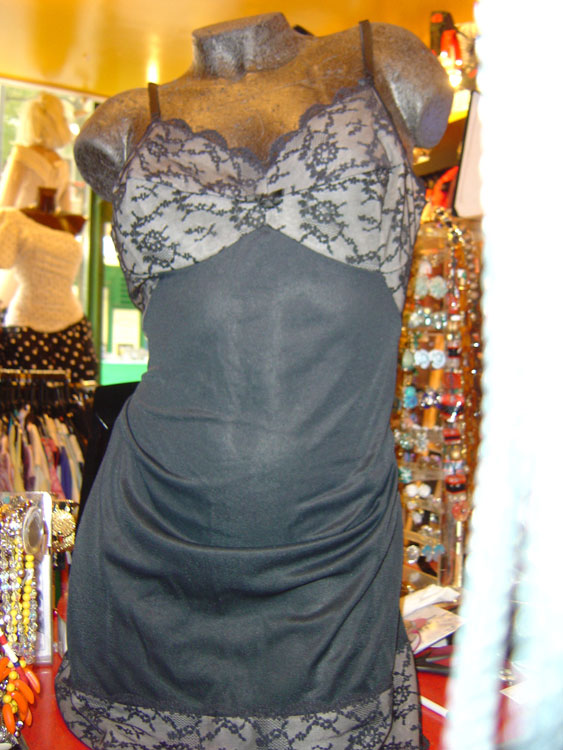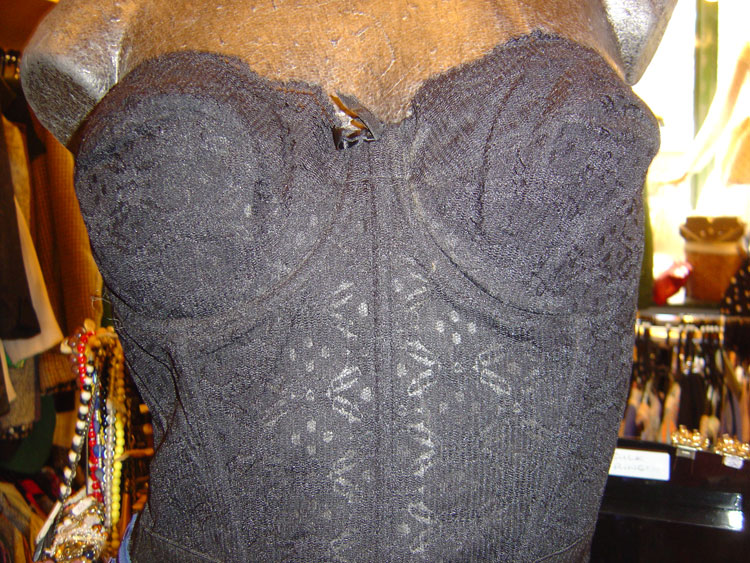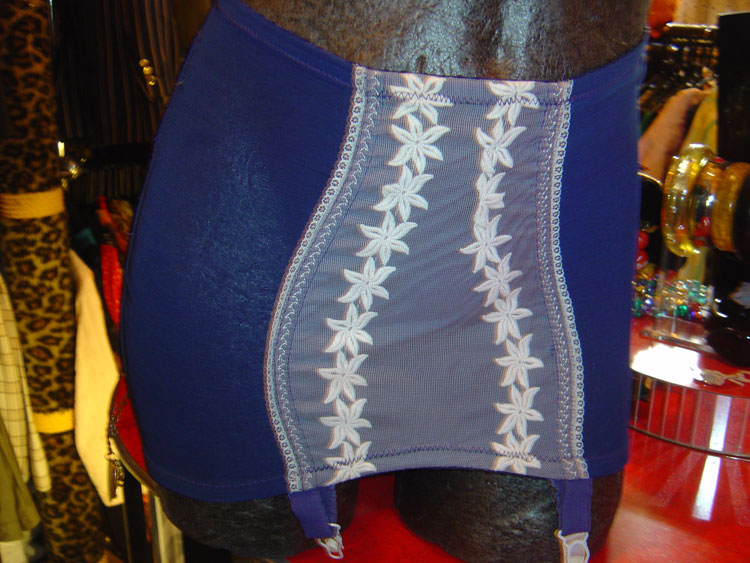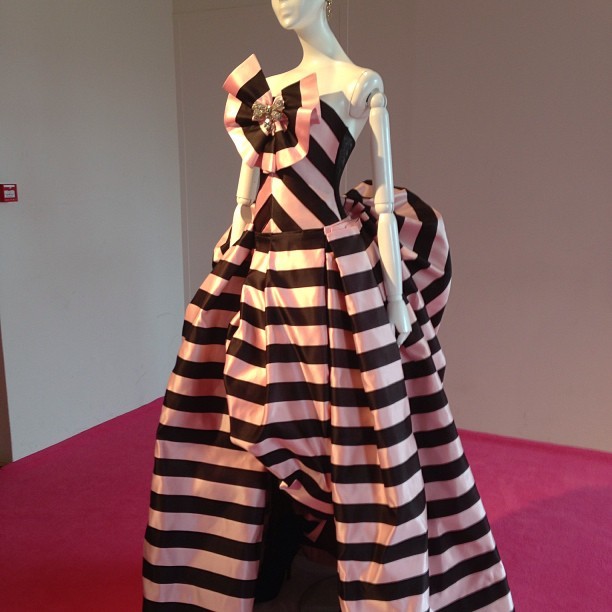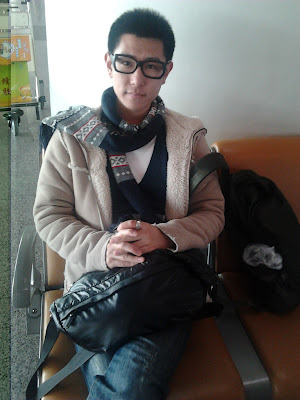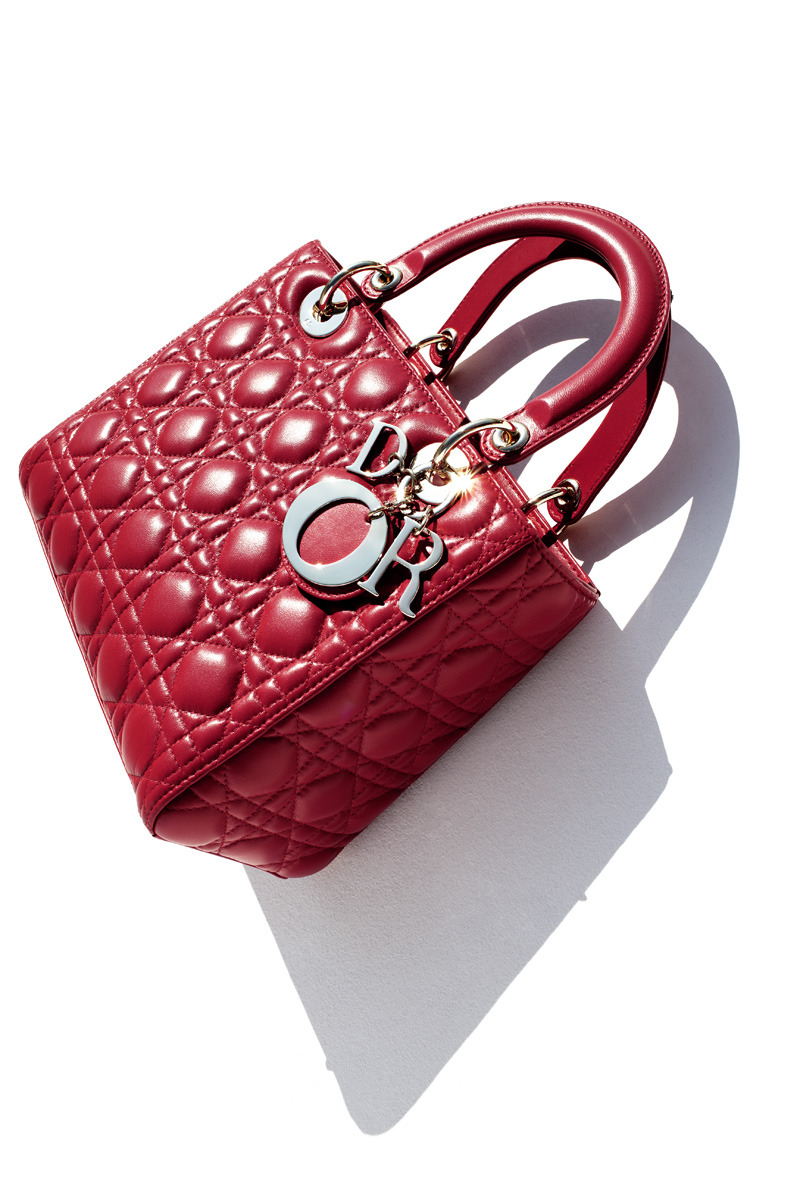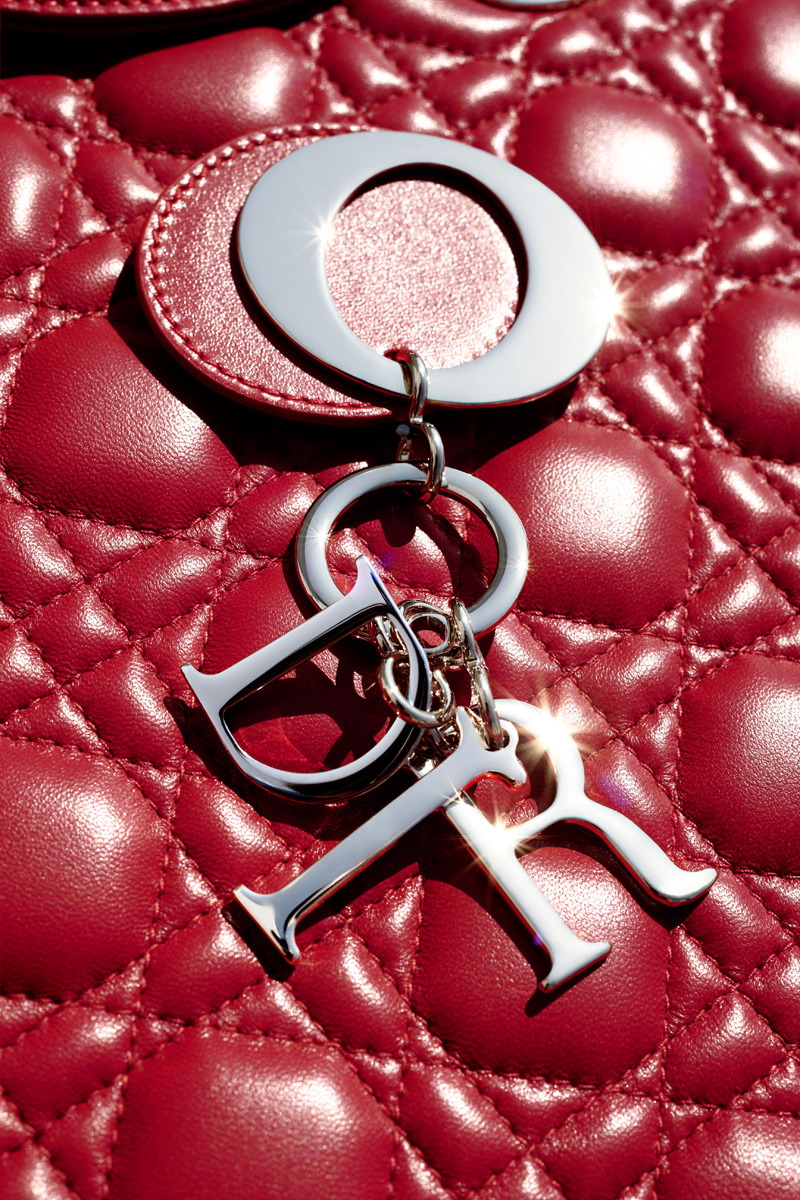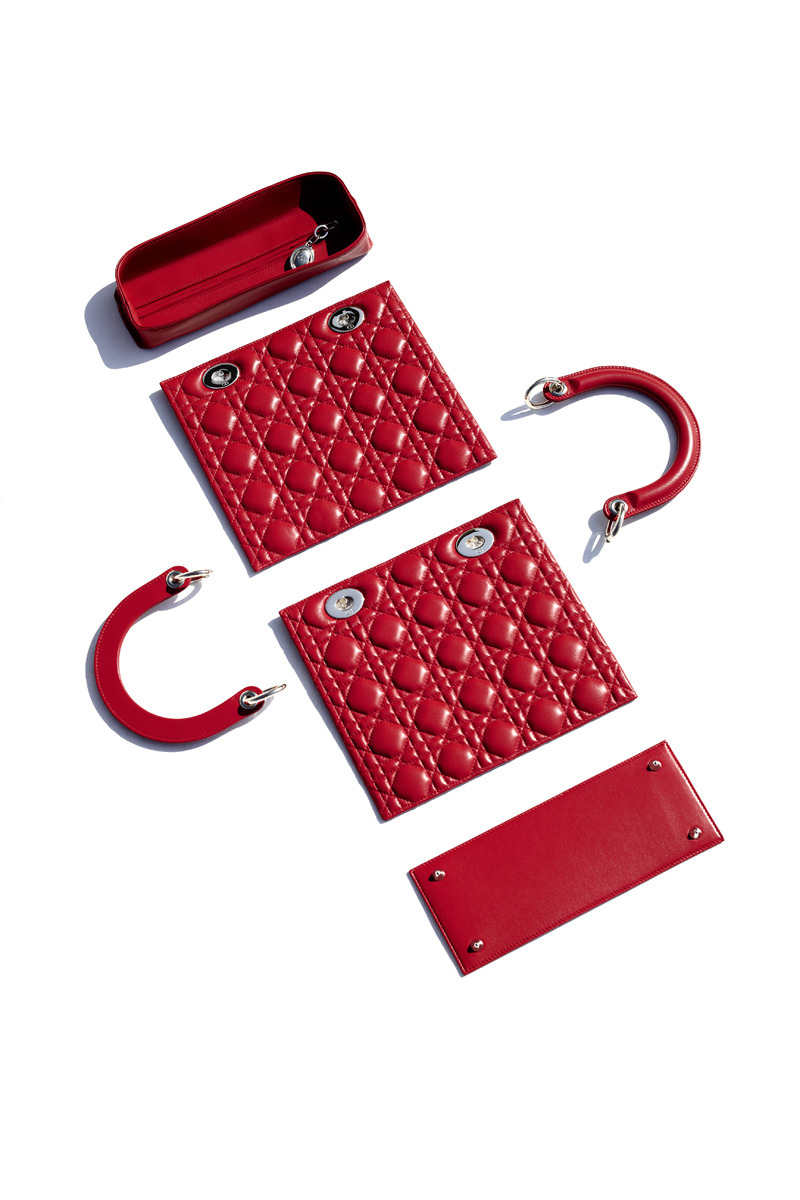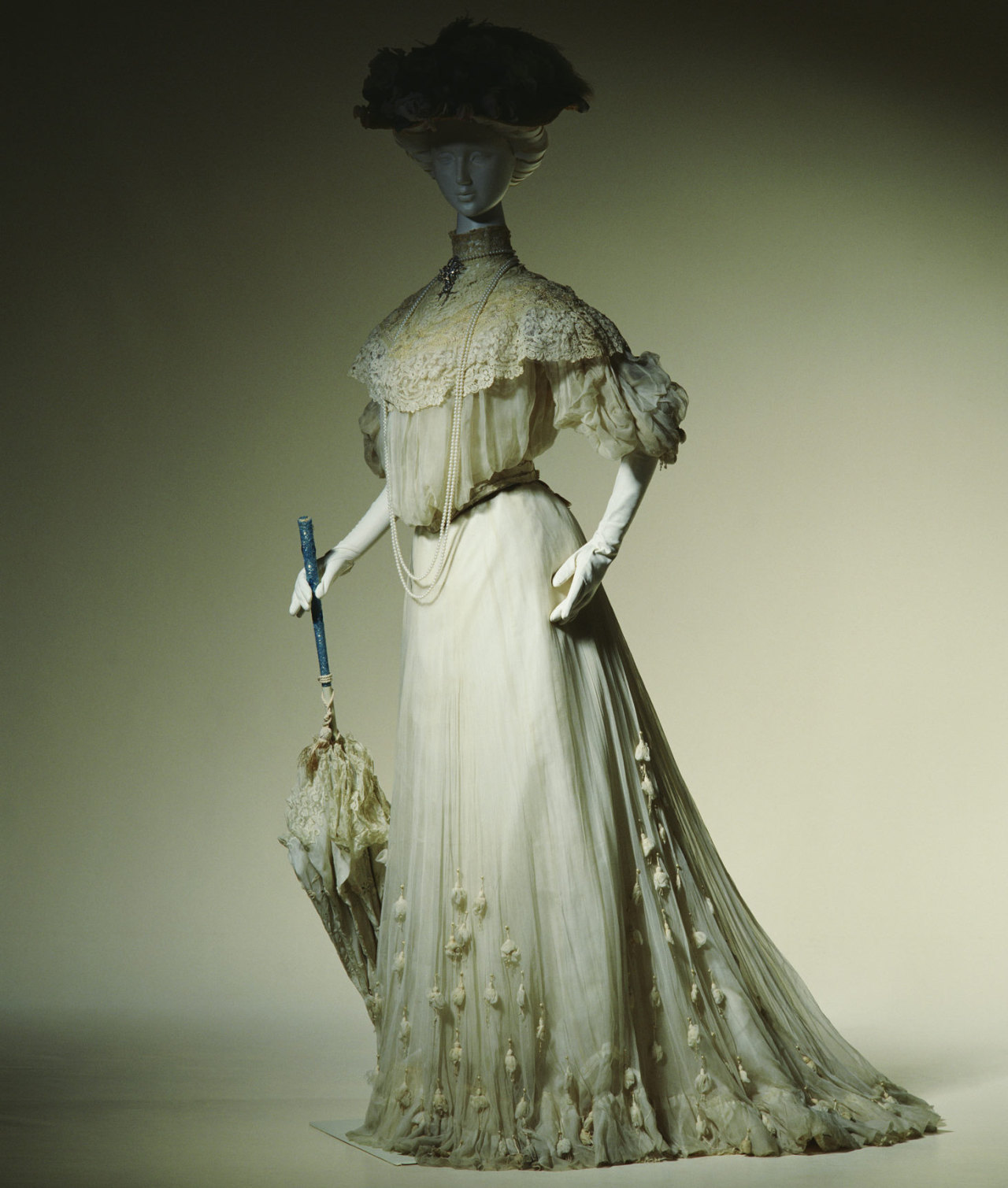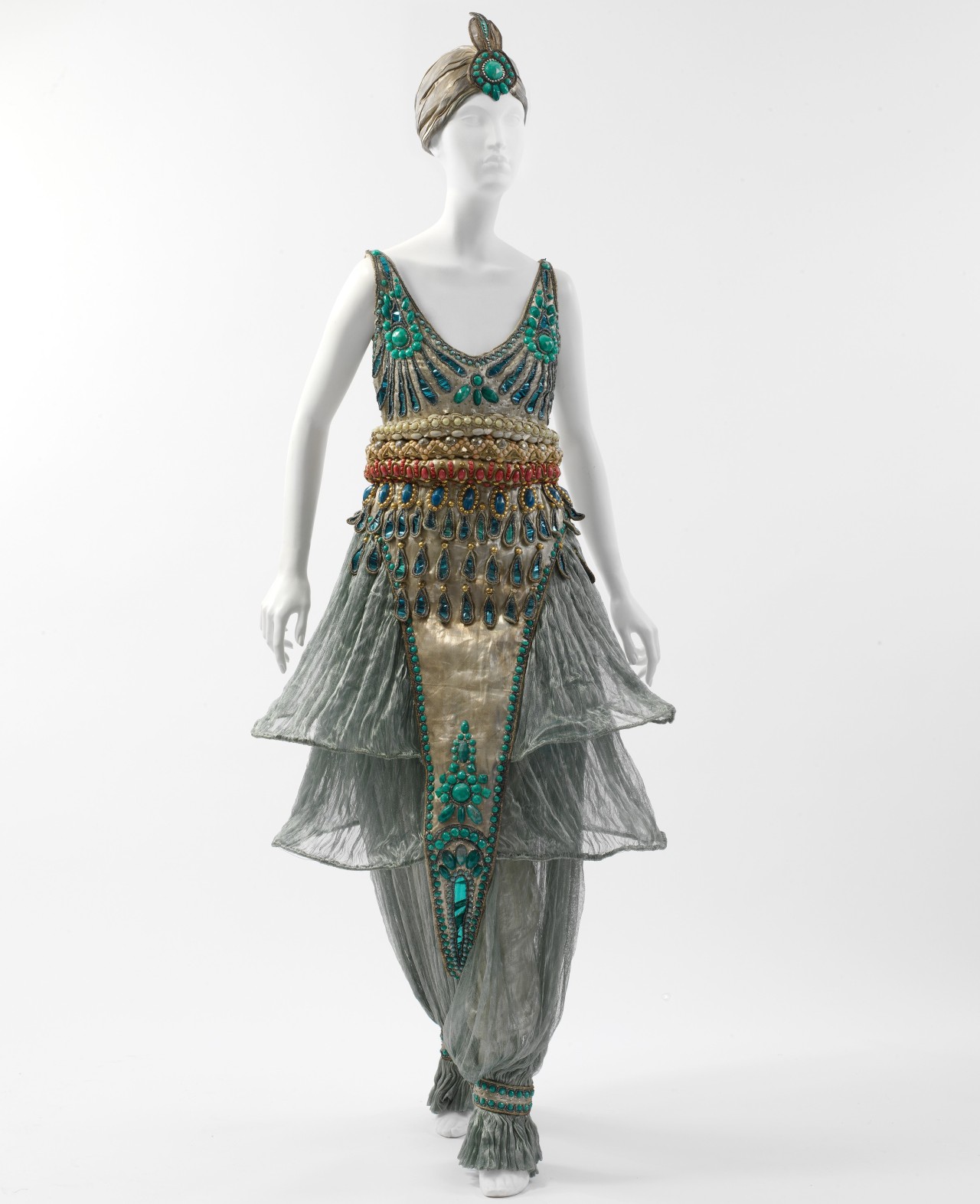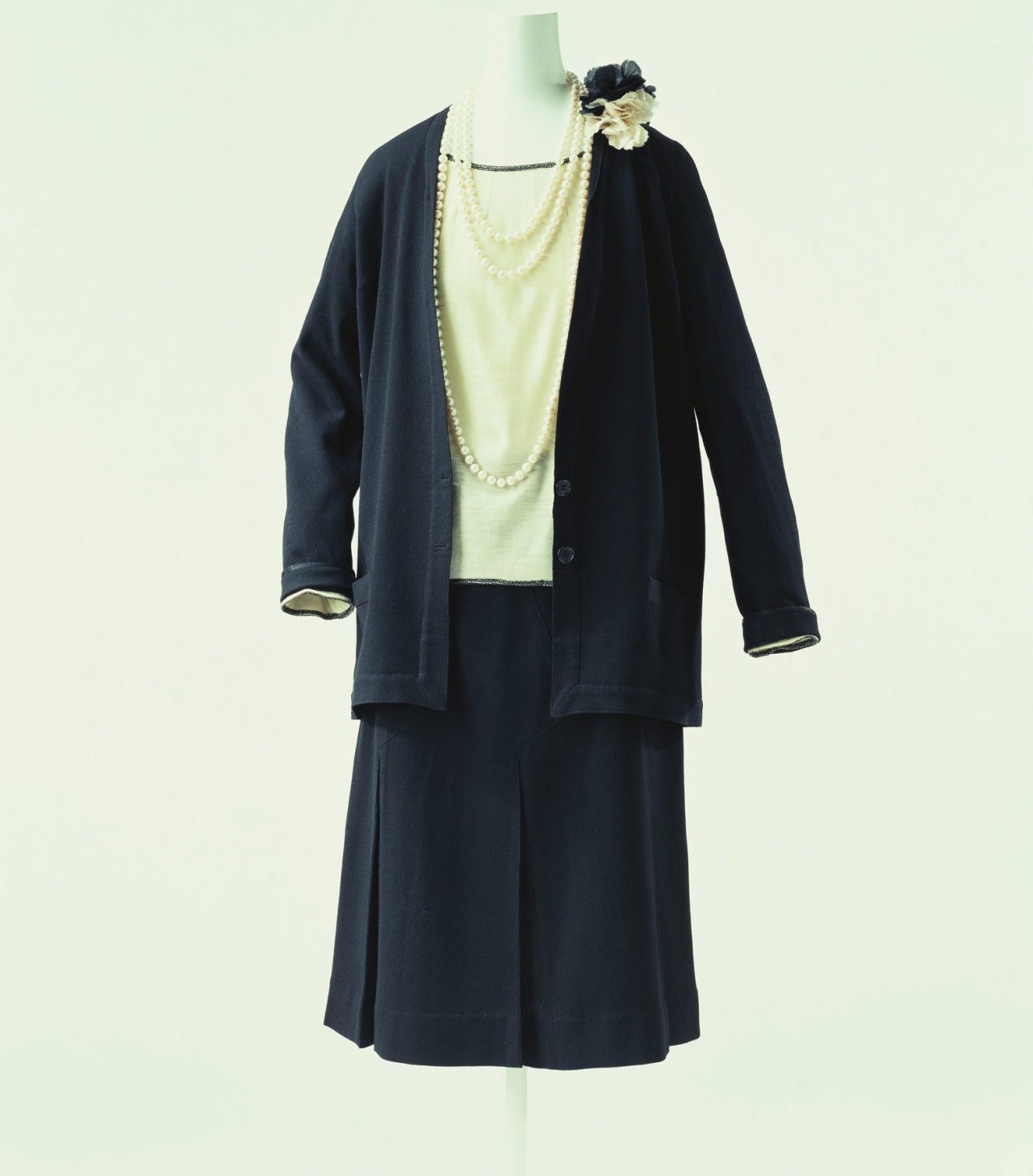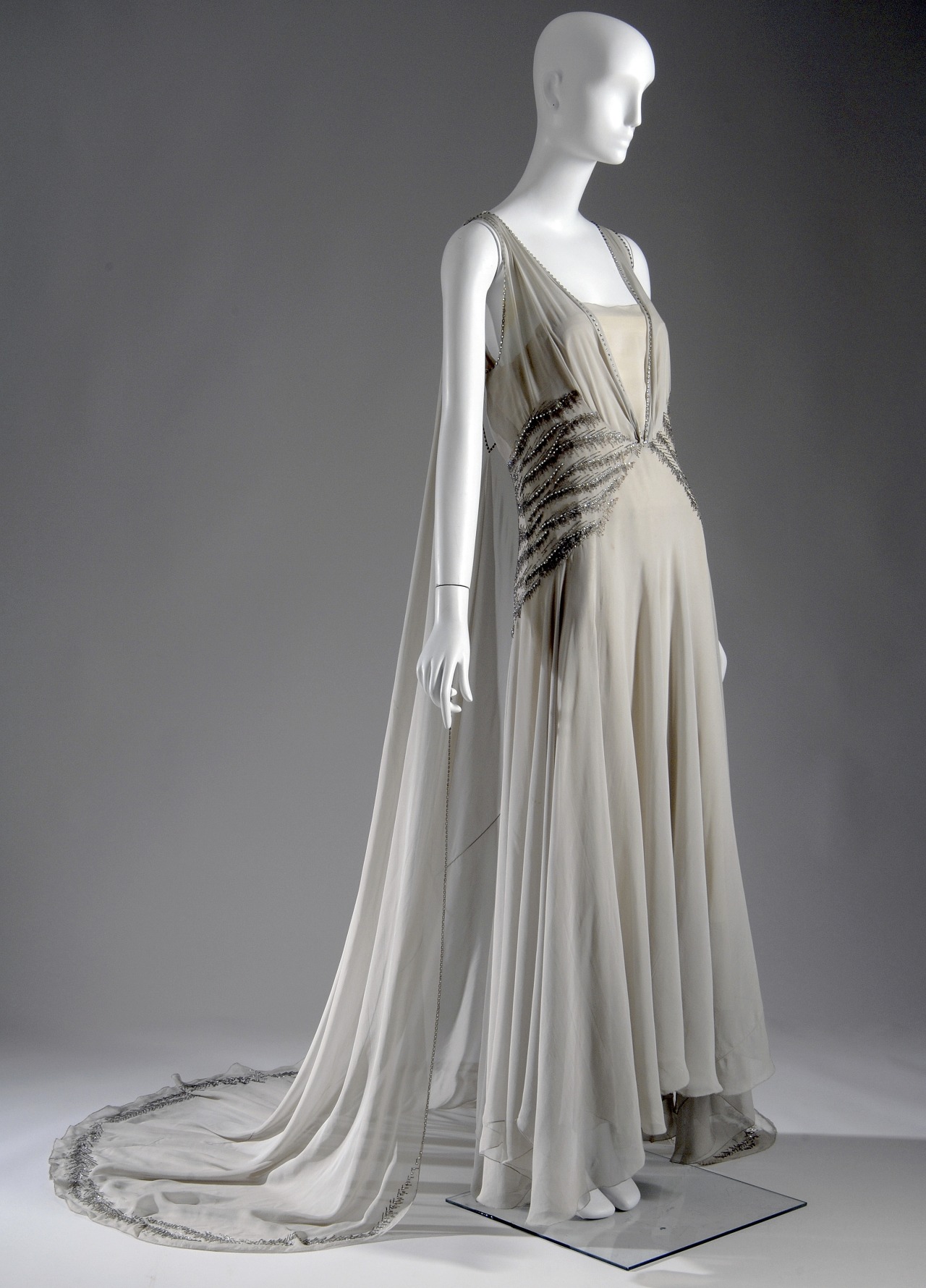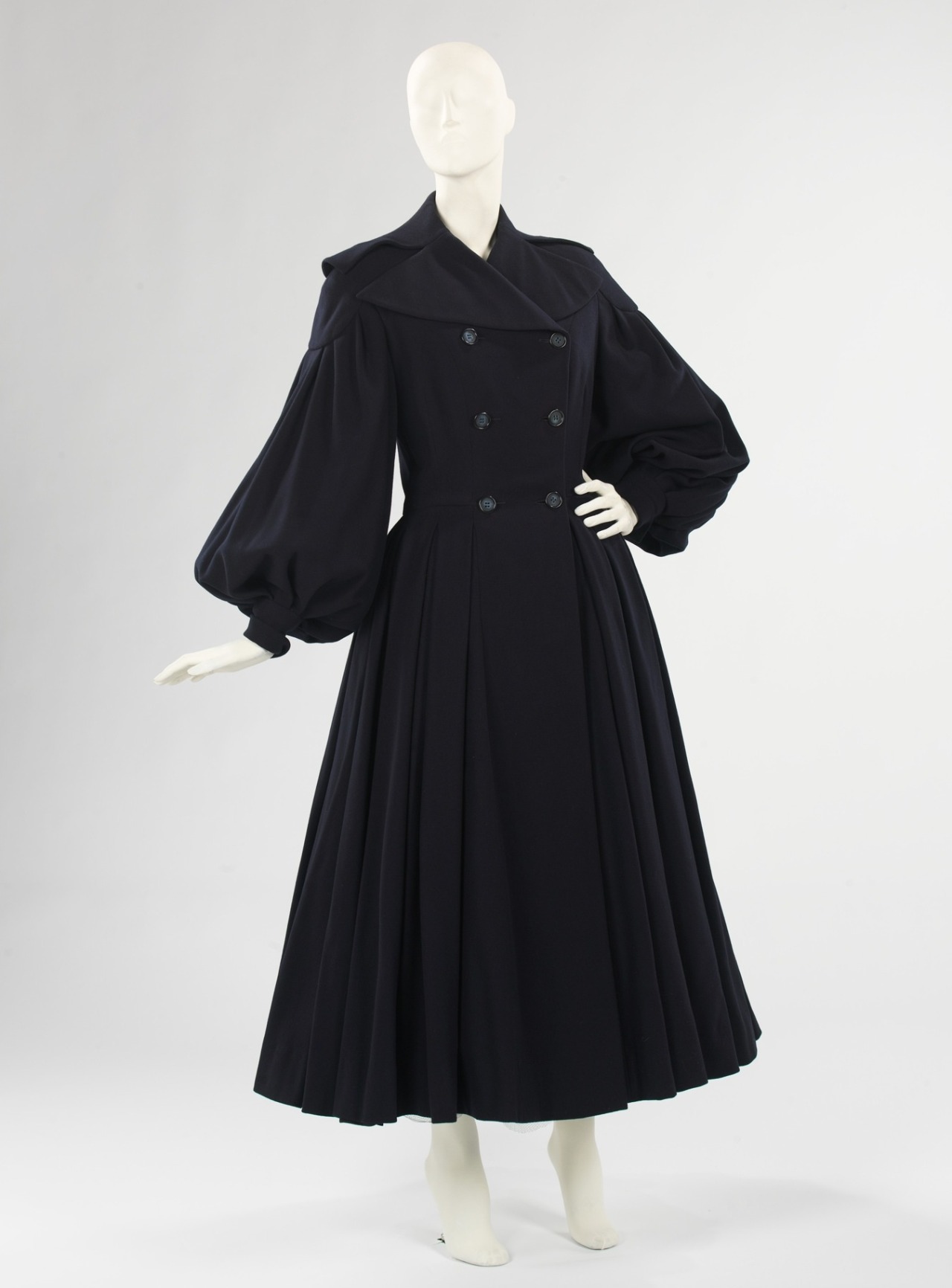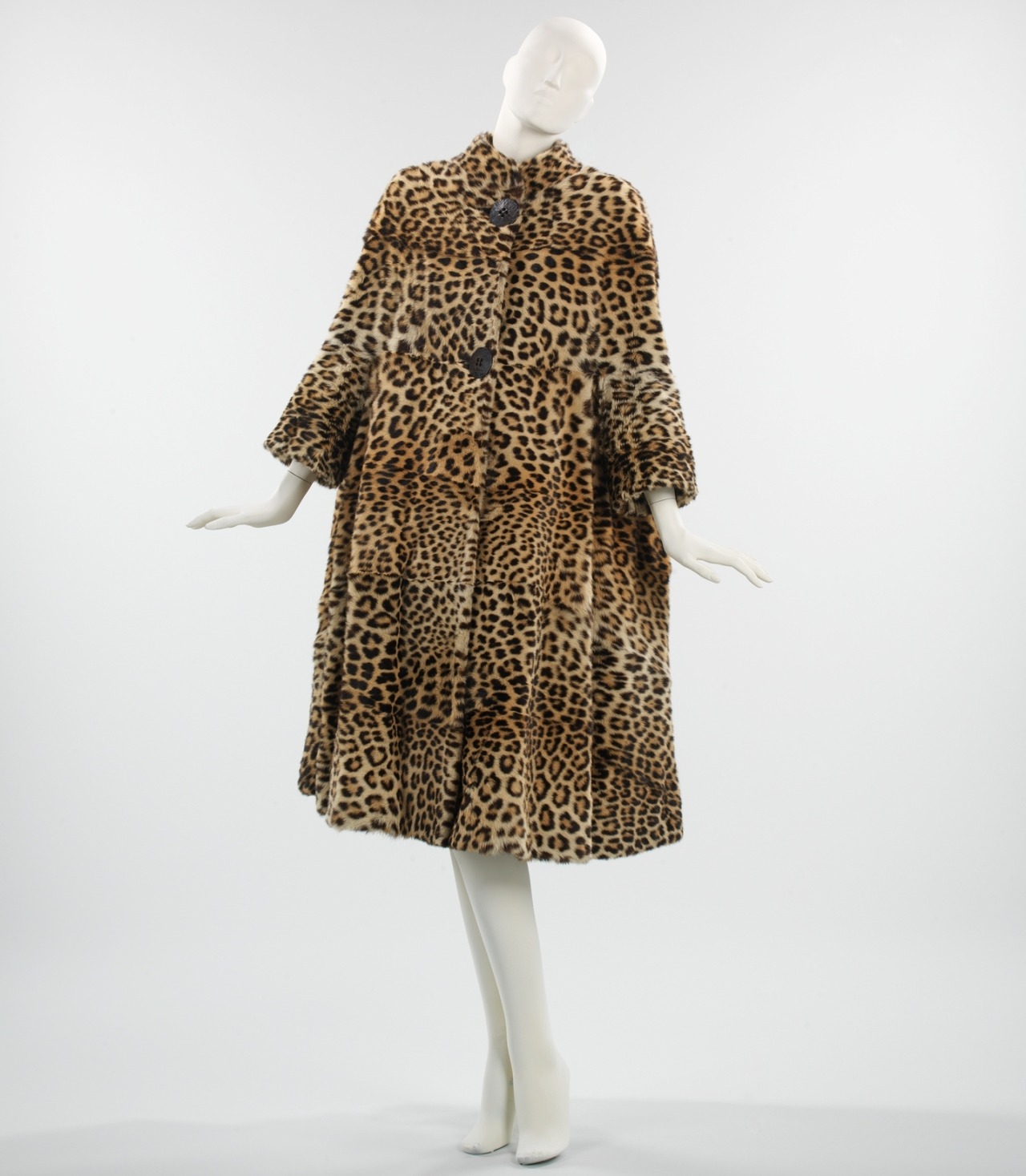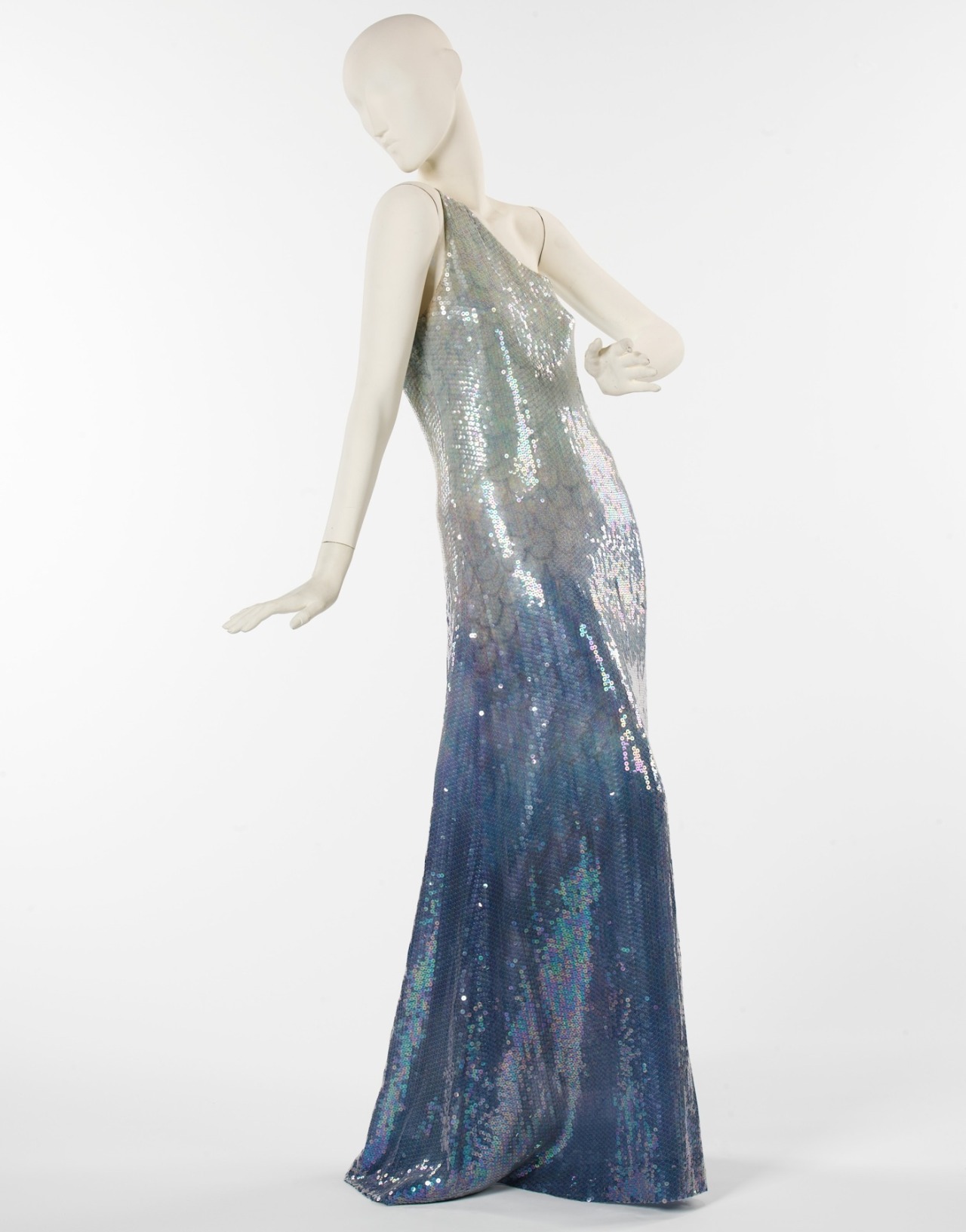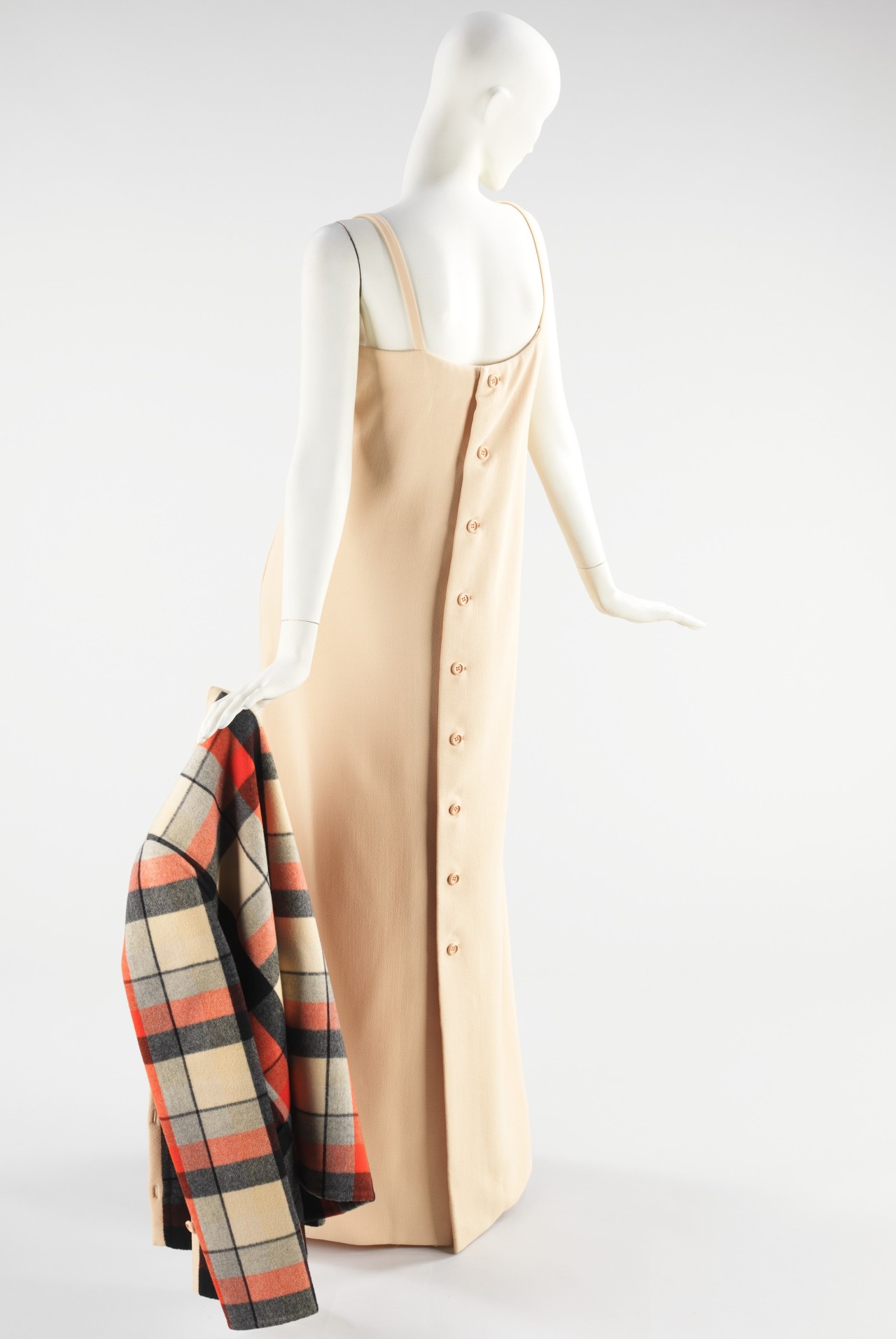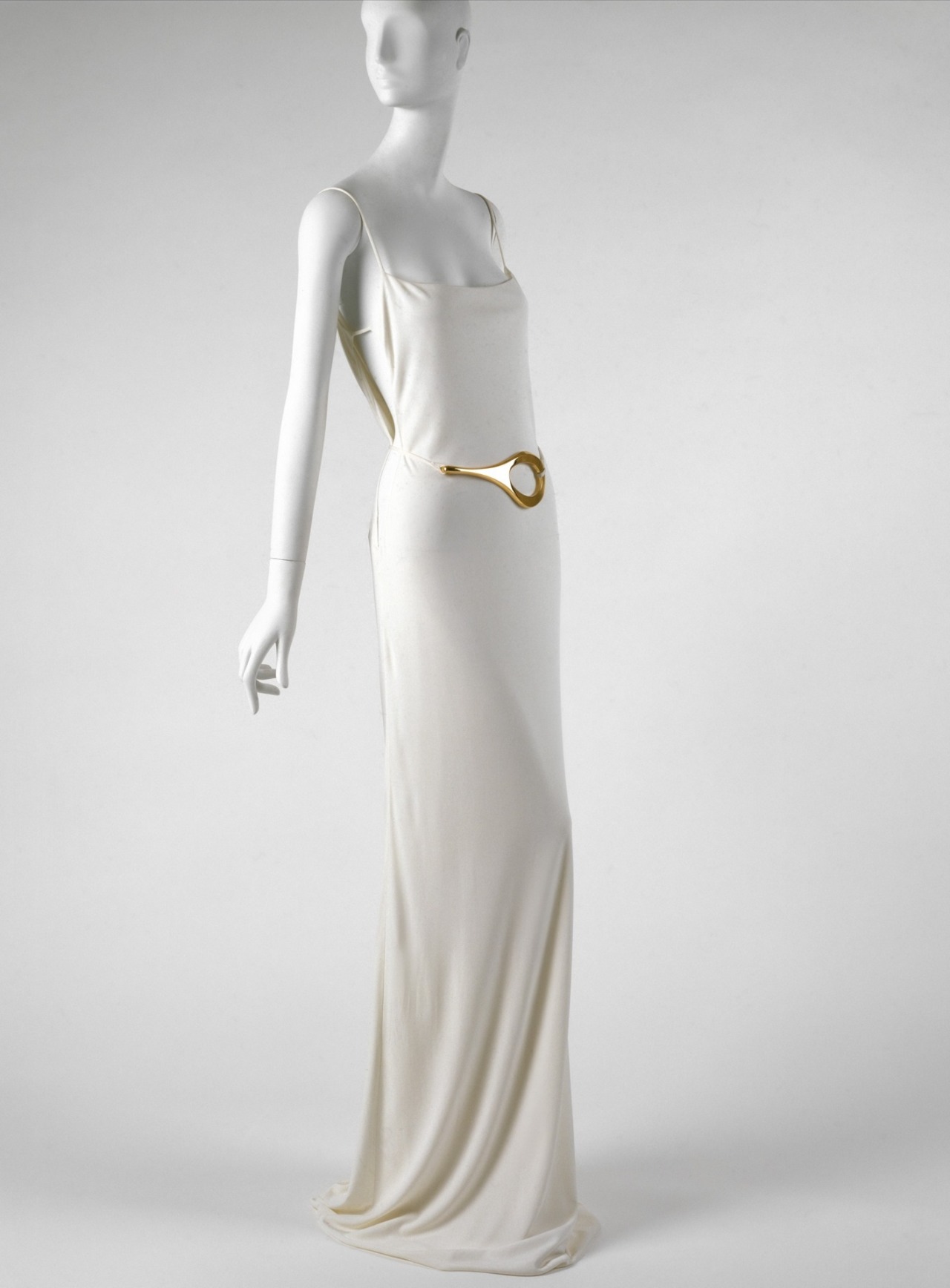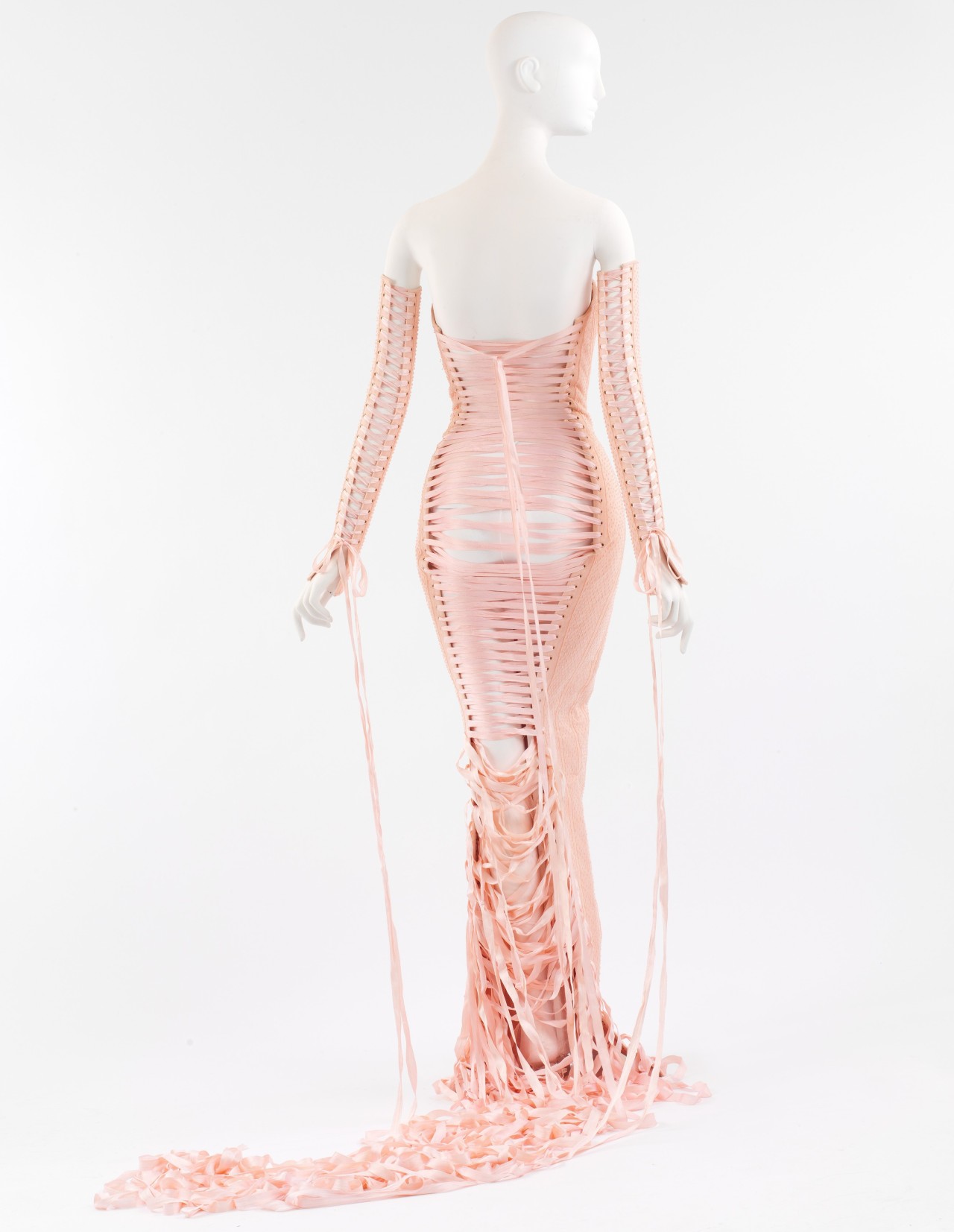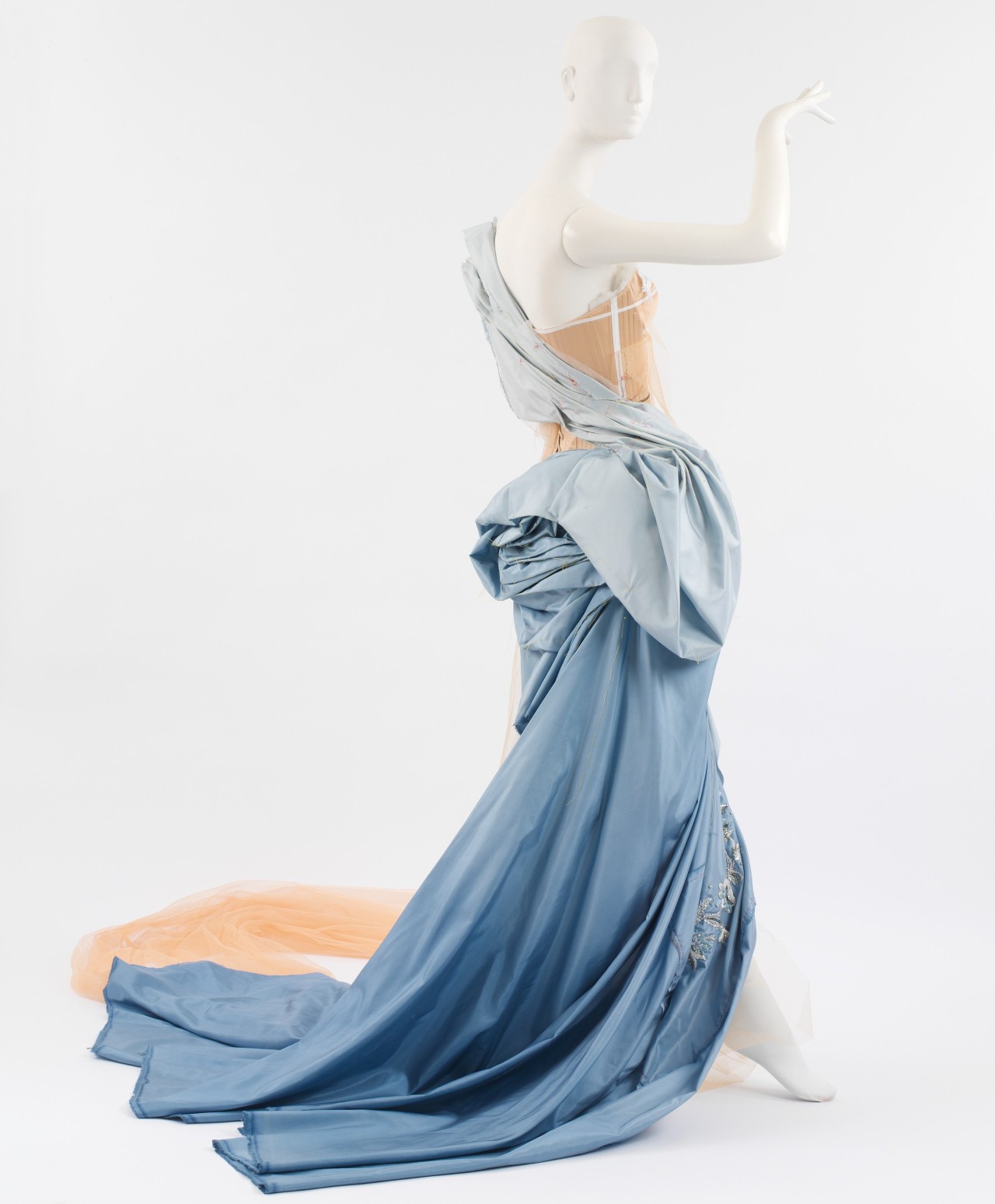*Resource:http://www.blackout2.com/lingerie.html
7/30/2013
7/26/2013
7/23/2013
7/22/2013
In History
Pair of boots
Pierre Cardin
1966-1969
PVC plastic with fabric lining and metal
Museum no. T.667:1, 2-1997
7/21/2013
Alexander Wang Resort 2014 Accessories
-Admit that among millions of accessories,i still beloved Alexander Wang ones,that`s all we need-chic,clean,simple,supermodern.Here pick up those three bags and two shoes,hope there could be your favorite one,and light up your style with Alexander Wang accessories.
7/20/2013
Bio/Contact
I am Royal Wang,a chinese fashion blogger who lives in milan,italy now.I start to run my personal blog about six months ago with my first blog website Fashion&Culture Diary.It`s been half a year,and i enjoy blogging so much so that i realize that one website seems not enough for me to express my opinions on fashion,culture,and life.So today,20th july,2013,i open my second website-Fashion Gallery,which likes my second home of my exclusive concepts.Anyway,no matter which blog website you are subscribing,i hope you can enjoy what i am writing and what i am thinking.And thank you all my blog visitors,your stay makes my day.
Contact:
Email: RoaylWang198958@gmail.com
Beauty198958@163.com
Phone Number: 0039-3895776637
Costumes In History-20TH Century
From Top:
*Day Dress
1903
1903
White silk chiffon two-piece dress with S-curve silhouette; high neck collar and yoke of bobbin lace.
Thin, soft chiffon created the attractive flowing lines that are a distinctive characteristic of the age. Decorated with plenty of lace and thin, airy silk, this dress is a typical example from the Belle Époque period. During this period, dresses that created a flowing S-curve silhouette helped by corsets were often made of soft thin materials like those of this dress, rather than the thick, heavy materials used in earlier dresses.
*Fancy Dress Costume
Paul Poiret
1911
Early in the twentieth century Diaghilev’s Russian dance company, Ballets Russes, performed in Paris—reigniting the taste for orientalism in Europe with its exotic sets and costumes. As this ensemble illustrates, Poiret excelled in recontextualizing western dress with fantastical eastern influence. He was also a maverick modernist in creating a stir, taking promotion of his inventive ensembles to new levels with his infamous spectaculars. This fancy-dress ensemble was made for and worn to Poiret’s 1002nd Night party in 1911, which was designed and organized to promote his new creations in the full splendor and glamour of the orientalist trend.
*Day Ensemble
Chanel
1928
This 1920s ensemble with a cardigan and a knee-length skirt is one of Chanel’s best-known works. Its simple forms and monochrome color are the result of the puritanical elimination of decorations in sharp contrast to the preceding period. A corsage brightened this ensemble was a white and black carnation, not yet camellia. In 1916 she introduced cardigan suits, made of jersey that had hitherto mainly been used for underwear. Jersey, elastic easy-to-wear material that does not hinder body movements, short skirts, and simplified beautility gained favor with women active in society. Today, in the 21st century, these innovations are still basic to women’s clothing.
*Court Presentation Gown
Madeleine Vionnet
1938
Smoke-grey chiffon, rhinestones and silver beads. Mrs. Potter Palmer II wore this dress when she was presented to the King and Queen of England in 1938. Court rules dictated every detail of the dress, including length of skirt, choice of colours, and style of embroidery.
*Coat
Mainbocher
Autumn/Winter 1948
The owner and wearer of this coat, Millicent Rogers, had a special relationship with Mainbocher, allowing her to work with him when creating her period inspired garments. Favoring the Biedermeier-style, aspects of this can be seen in the full sleeves complimented by the full skirt of the coat. The beautiful shape and cut of the coat, as well as, the wool gigot sleeves, are a testament to Mainbocher’s craftsmanship.
*‘Refrain’
Christian Dior designed by Yves Saint Laurent
Spring/Summer 1958
After the death of Christian Dior in 1957, Yves Saint Laurent became the chief designer at Dior and faced the challenge of both honoring and updating the signature look of the house. Iconic designs like this from his first collection, illustrate how successfully Saint Laurent met the challenge. The full skirt and self bow marking the waist recall the designs of Dior from the early 1950s, however, the sacque-back treatment brings the dress more than up-to-the-moment. It heralds the a-line silhouette of the 1960s. Saint Laurent’s skill is evident in the way that the dress looks as if it is loose and free-flowing, belying the full rigid understructure that makes the design possible.
*Coat
Pauline Trigère
1962
Pauline Trigère was famous for her coat designs, especially for her swing coats. This notable example shows how she has adapted her swing silhouette for use with leopard skin. The dolman sleeves are an interesting touch that allows for an attractive display of this handsome fur. Designed by Trigère, this coat, according to accession information, was made by Jerry Sorbana in 1962.
*Evening Dress
Halston
1970
This sequined silk evening dress is characteristic of Halston’s designs. The single shoulder, creating an asymmetrical neckline, was a trademark of the designer, as well as the scalloped print used beneath the iridescent sequins. An elegant, yet minimal dress for evening, it is enhanced by the ombré effect of the sequins, darkening as they reach the bottom of the skirt, creating a puddle of deep blue. Undoubtedly, the dress evokes a mermaid look as it moves with the body and the sequins shimmer as they catch the light.
*Evening Ensemble
James Galanos
1980
This evening ensemble is an interesting juxtaposition in the use of blanket plaid, traditionally for casual wear, for evening wear. The plaids of the jacket are meticulously matched, showing the amount of detail taken while creating this garment, and the cream wool sheath, though simple in silhouette, is finely finished. The combination of both pieces, complement each other, making it a handsome evening ensemble.
*Evening Ensemble
Gucci
1996
The marketing genius and creative vision of Tom Ford, named head designer of Gucci in 1994, have helped the company prevail in the luxury goods market. Ford revived signature Gucci handbag lines featuring the now iconic double-G logo fabric and the exquisite bamboo handle, but he also catalysed a new image for Gucci by producing couture-quality garments that find classical or historical referents in their construction and silhouette. This slinky jersey gown, designed with more than a nod to Halston, also suggests the strong influence of the 1930s, first of Paris styles and then of Hollywood versions, while the cutouts on the torso at the sides and midriff exemplify the raw sex appeal that has become linked to Ford’s aesthetic.- 100 Dresses
*Des Robes qui se Dérobent
Jean Paul Gaultier
Spring/Summer 2001
This satin corset dress with matching gloves was presented during Jean Paul Gaultiers Spring/Summer 2001 Haute Couture Collection.
*‘Creation’ Ensemble
Christian Dior designed by John Galliano
Haute Couture Autumn/Winter 2005
John Galliano’s creation looks like a garment in the process of becoming. The muslin bodice suggests tailors forms, while layers of fabric attached provisionally to the corset suggest the intital stages of the design process. Traditionally hidden interior details, such as grosgrain wist tapes, bust pads, and tulle underskirts, are exposed, transforming structure into ornament. Galliano’s shifting of a padded bra cup from the bust to the hip is an ironic reference to Dior’s 1950s ‘New Look’ silhouette which relied on the padding of the bust and hips, as well as on the cinching of the waist for its pronounced curvilinear silhouette.- 100 Dresses
*Resources:http://fashioninhistory.tumblr.com/
Subscribe to:
Posts (Atom)
